Educational materials & information
-
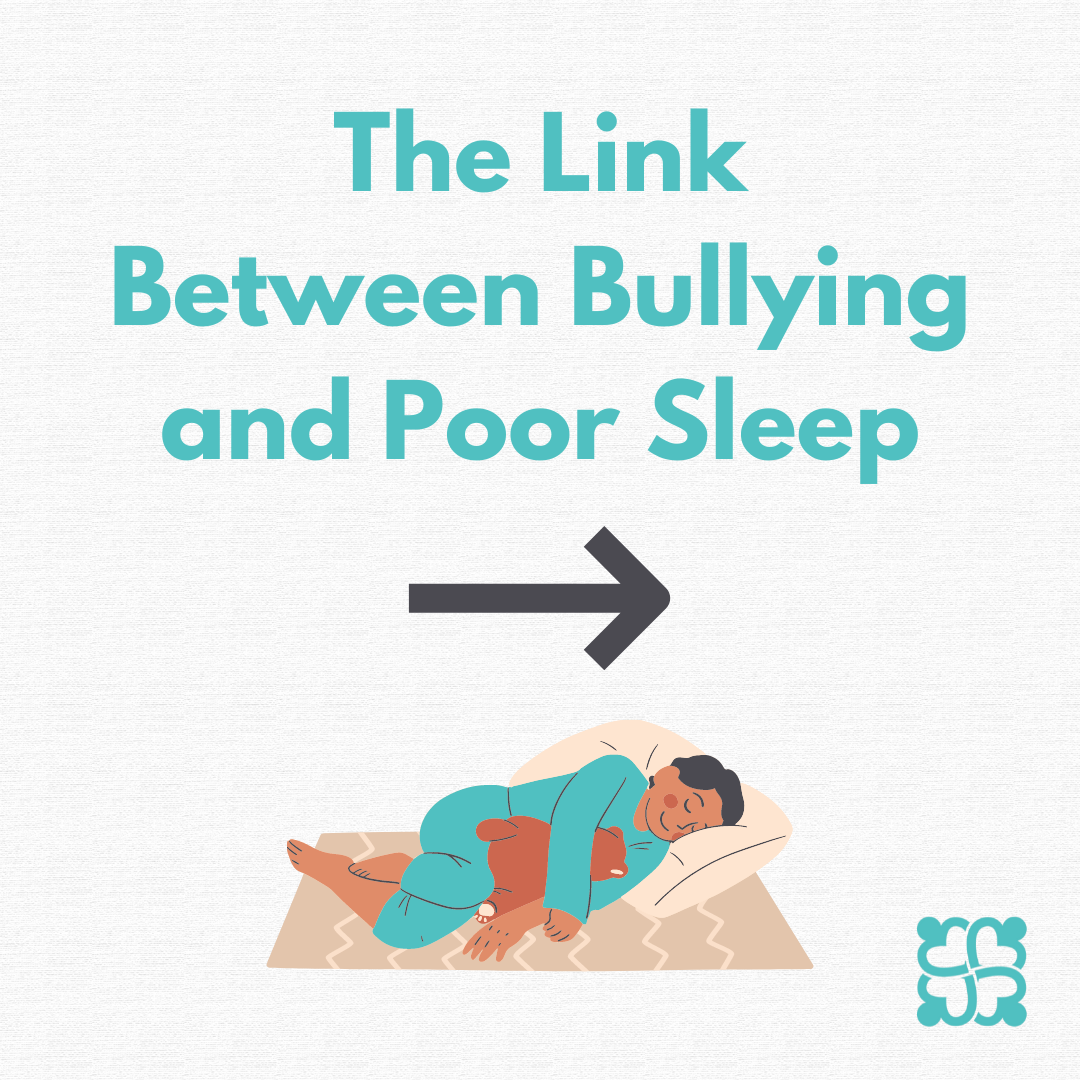
Bullying Information & Guides
Learn about definitions, types, signs, and actions to prevent bullying, with resources on how to help others and yourself including our Back to School guides.
-

Activities
Engage in conversation prompts, activities, and word searches that promote bullying awareness and empower schools and workplaces to take action.
-

Books
Read engaging children's books that address bullying, with discussion questions and support for NTFT through donated sales.
-

Born This Way Foundation
NTFT has partnered with Lady Gaga's Born This Way Foundation to provide creative self-expression resources for high school students, building confidence and resilience.
-

Statistics
Review critical bullying statistics that reveal its prevalence and impact on youth mental health, emphasizing the urgent need for intervention and support.
-

Graphics
Access impactful graphics that illustrate bullying statistics and promote awareness, designed to facilitate discussions and inspire action.
BULLYING INFORMATION
-
Some may call it harassment, abuse, or simply being mean. However you label bullying, it’s always considered to be harmful and unwanted behaviour.
Bullying is done on purpose and is usually repeated.
Bullying is when someone uses their power to hurt, frighten, exclude or insult someone else and usually occurs between people close in age. Bullying can be a difficult experience, but it’s important to remember that you’re not alone and it’s never okay or deserved. We have #notimeforbullying.
-
Bullying can affect a person’s feelings, relationships, self-esteem, sense of safety, and can make people feel uncomfortable in everyday situations at home, work, or school. Bullying can come in many different forms including:
Physical bullying
Hitting, shoving, tripping, kicking, pinching, damage to person or property etc.Emotional or psychological bullying
Verbal attacks, name-calling, threats, teasing, humiliationCyberbullying
Use of social media, texts, or other digital mediumsSocial bullying
Exclusion, spreading rumours, the “silent treatment”Discriminatory bullying
Based on sexual orientation, ethnicity, gender identity, religion, etc. -
Whether they are the victim or the bully themselves, children will find it hard to talk about what’s going on, especially to adults. Intervention is the key to preventing and stopping bullying. Both parents and educators need to be aware of the behavioural and emotional signs that children are involved in either side of bullying.
These signs indicate that children who are being bullied often lack relationships that encourage positive identity, power and independence, and children who are bullying often experience power through aggression in their own relationships. People bully others because they’re being bullied themselves. Hurt people hurt people.
Here are some possible signs that somebody is the victim of bullying:
•Few/no friends; appears isolated. Excluded from social groups
•Sleep difficulties, nightmares. Changes in sleep patterns
•School grades begin to fall
•Doesn't want to go to school on the bus/tram/train or by a particular route
•Unable to speak up in class and appears insecure or frightened
•Changes in eating patterns
•Frequent tears or anger
•Mood swings
•Injuries, bruises, torn clothes
•Comes home with missing or damaged belongings
•Appears anxious, wary, fearful, distracted, weepy and/or irritable
•Makes negative comments about themselves
•Reluctant to go to school/home/work or other activities
•Becomes aggressive and unreasonable
•Refuses to talk about what is wrong
•Begins to target siblings
•Complains of headaches, stomachaches or other physical ailments
•Decreased productivity, increased absenteeism
•Lower interest in activities and lower performance at school
•‘Loses’ money, reports being hungry after school
•Threats to hurt themselves or others
Signs that somebody may be bullying others:•Aggressive with parents, siblings, pets, and friends
•Bossy and manipulative behaviour
•Unexplained objects or money
•Does not recognize impact of his/her behaviour
•Secretive about possessions and activities
•Holds a positive view of aggression
•Easily frustrated and quick to anger
•Low concern for others’ feelingsPossible reasons that somebody may be bullying others:
•Child has friends who bully and are aggressive
•Child has trouble standing up to peer pressure
•Parents may model use of power and aggression by yelling, hitting or rejecting child
•Parents may model use of power and aggression with each other
•Few opportunities to shine and show talents at home, school or in the community (positive power)
•Parents may be overprotective, restrictive
•Siblings may bully child at home
•Teachers or coaches may model use of power and aggression by yelling, excluding or rejecting
•Teachers may be unaware of child's strengths and challenges and therefore unresponsive to needs
•Jealousy
•Feeling like they don’t have anyone to talk to about their struggles -
If you’re being bullied, it’s important to remember that it’s never your fault and there are ways to prevent it. Being bullied can be hurtful, scary and isolating, but you’re not alone in what you’re going through.
Protecting yourself both physically and mentally is the most important thing to do if you’re being bullied. This might involve avoiding certain people and social situations as much as possible and keeping people around you who you feel safe with. This is true in both the real and digital world!
Having a space dedicated that you can access for a calming/less overwhelming environment is helpful whether you are a child or an adult. Other ways to cope and down regulate your nervous system are with breathing, going for a walk, snacks/water, sensory fidget toys/colouring pages, and listening to music.
By speaking up and reporting bullying, you’re protecting not just yourself but others too. You can report the harassment at your school or workplace by talking to a trusted staff member. If you don’t feel comfortable reporting what’s going on, you can talk to a parent, caregiver, teacher, or other safe adult for support and advice. It’s also a good idea to be prepared to report bullying by keeping a record of any bullying/harassment incidents. This could be as easy as saving texts or taking screenshots of abusive posts. If it’s in person, take note of what happened, when, and where.
Getting support from trusted friends and family can help you feel better and safe while you’re experiencing bullying. Talk to people you feel you can open up to, and if you feel embarrassed keep in mind that most people disapprove of bullying and will be on your side. You can also reach out to organizations like the Kids Help Phone!
Bullying can be stressful and harmful, you may begin to believe the negative comments or think that you deserve the abuse. Remember that bullying is never your fault, and it’s never okay. If you don’t feel like talking to someone about how you’re feeling, a journal can be a great alternative!
Remember that “hurt people hurt people”. The person bullying you is likely experiencing feelings of sadness, frustration, anger, and insecurity. Instead of finding a positive coping mechanism or talking to someone about it, they try to make themselves feel better by bringing someone else down. When we have this perspective about bullying, we realize that the person doing the bullying needs help, support, compassion, and love. We realize it's completely a reflection of them and what's going on in their lives, and it’s not about us at all.
You are worthy, you are enough, you are loved.
-
Finding out your friend/partner/family member/colleague is being bullied is always a hard thing to hear, and you’ll likely feel a mix of emotions. It’s okay to be sad, scared or even angry about what is happening to them. If you’re feeling helpless, there are always things you can do to make them feel better and help end the harassment. It’s not up to you alone to make the bullying stop, but you can always be there for them, listen, and encourage them to get support.
Here are just a few ways to help someone who’s being bullied!
•Reach out: check in on the person to see how they’re feeling. Just being there can show them how much you care and that they’re not alone. Tell them there is hope and ways you can help them stop the harassment.
•Stick together: bring together other friends and peers to support the victim. As a group, you can help stop rumours and show the victim they’re not alone. Join them for lunch or in between classes/work. You can do something fun as a group outside of school or work too like going to the movies or trying a new sport/activity.
Having a space dedicated that you can access for a calming/less overwhelming environment is helpful whether you are a child or an adult. Other ways to cope and down regulate your nervous system are with breathing, going for a walk, snacks/water, sensory fidget toys/colouring pages, and listening to music.•Step in: if you witness the bullying you can step in and let the bully know their behaviour is not okay. You can ask the person who’s being bullied (and any bystanders) to go somewhere else. If it feels safe to do so, you can also speak up as a group to let the bully know you disapprove of their actions. Did you know that bullying often stops within 10 seconds when a bystander intervenes.
•Get support: it can be tough helping with something as serious and sensitive as bullying. If you and/or the person need someone to talk to, you can speak with a friend, parent/caregiver, teacher, HR, other safe adult or an organization like the Kids Help Phone. It’s important to take care of yourself too as somebody involved.
•Stay safe: let the person know that not only their physical, but also emotional safety is essential. Do this by helping them avoid certain people/places and with managing their social media to avoid certain people or topics.
•Record it: it’s always a good idea to keep a record of the bullying (when, where, what happened, etc.). If the person being bullied decides to report it, they’ll have the information available to tell a safe adult. You can offer to help them keep track of the incident(s) together.
•Report it: encourage the person to report the bullying to a safe adult. Reporting bullying can help end it and protect others. You can offer to go with them for support when they’re ready. Your friend/partner/family member/colleague may be upset and not want to tell anyone yet. If you’re worried, you can talk to a parent/caregiver, teacher, other safe adult, or an organization like the Kids Help Phone about what’s happening. They can help you figure out next steps for you and the person.
The bully is likely experiencing feelings of sadness, frustration, anger, and insecurity. Instead of finding a positive coping mechanism or talking to someone about it, they try to make themselves feel better by bringing someone else down. When we have this perspective about bullying, we realize that the person doing the bullying needs help, support, compassion, and love. We realize it's completely a reflection of them and what's going on in their lives, and it’s not about us at all.
Remember that bullying is never okay. We have no time for bullying and need to prevent and stop it as much as possible!
Even if your friend/partner/family member/colleague isn’t ready to reach out for support right away, you’re still helping by being there for them. Helping someone who’s experiencing bullying can feel overwhelming, so try to be kind to yourself.
-
If you’re thinking about starting to treat other people better, you’re on the right track. Acknowledging that you need to be more kind and respectful is an important step toward taking responsibility and changing your behaviour.
It’s everyone’s right to be treated with respect and to feel safe at places like work and school.
Consider that:
•Bullying can have serious side effects including depression, hopelessness, anxiety and school and relationship problems.
•Any participation in bullying leads to suicidal ideas.
•No matter what someone has done to you, it’s never okay to bully them back.
•Just because you may not like someone, doesn’t mean that it’s okay to bully, abuse or harass them.
•If you’re bullying someone, it’s likely because you are feeling hurt, sad, frustrated, angry, or insecure. Ask yourself why you are treating someone poorly? What is going on in your life? Do you need support?
•Rather than taking out negative feelings on someone else, can you find an activity to do like writing music, creating art, or playing a sport?
•Find someone to talk to about what you’re going through.
•Give yourself kindness, compassion, and love as well as others.
It’s important to know that if you’re bullying someone, you can change. Lots of people who bully learn how to behave differently and have healthy relationships with other people. If you need to talk, Kids Help Phone counsellors are always available at 1-800-668-6868. They will never judge you or turn you away.
-
Bullying also happens in group situations, where three or more people bully one or two others. Sometimes, you may be involved in group bullying without really knowing who started it or why you’re doing it. You may be following someone else’s lead or you may find it just “happens” when a certain group is together.
Here are some things you can try doing to stop the behaviour:
•Walk away: the next time your group is bullying others, try walking away or telling the rest of the group to stop.
•Talk it out: explain to the group that you don’t want to be involved anymore, and tell them that the next time it happens, you’ll take a stand. Ask your friends why they feel like they need to bring others down? Is there something going on in their lives that is making them act out this way? Do they need support?
•Switch things up: suggest new activities for you and your friends to do together. A change of environment or a new group activity (like a sport) could be a good way to focus on something positive.
•Move on: if your friends don’t accept your decision to stop taking part in the bullying, it may be time to end the friendship. Try to focus on making new, healthy friendships.
-
Educating yourself on what bullying is, how to identify it and ways to stop it are things you can do that may help you feel better prepared to help someone. Since bullying is about power, you and any other bystanders have a chance to make a difference by trying to diffuse (or make neutral) the situation. Here are a few resources to check out for tips and info:
Support guide: Being bullied, a bystander or a participant (Kids Help Phone)
How to recognize bullying (Government of Canada)
Public Safety - Cyberbullying (Government of Canada)
Bullying Facts & Solutions (PREVNet)
Back to school GUIDE/TIPS
ACTIVITIES
Feel free to download these bullying prevention and awareness materials from our school curriculum. We are a charity and donations are greatly appreciated. Thank you!
Bullying CONVERSATION STARTERS
Discussion prompts / talking points around bullying prevention and awareness.
BULLYING PREVENTION AND AWARENESS ACTIVITIES
Additional ways your school or workplace can get involved and have no time for bullying!
NTFT PAPER ACTIVITY #1
This is an activity that anyone can do to visually show the impact bullying has.
NTFT PAPER ACTIVITY #2
This is an activity that anyone can do to feel inspired and empowered.
WORD SEARCH
A word search suitable for anyone above elementary school level.
WORD SEARCH ANSWER KEY
Answer key for the standard NTFT word search.
WORD SEARCH (ELEMENTARY)
A word search suitable for elementary school students.
WORD SEARCH (ELEMENTARY) ANSWER KEY
Answer key for the elementary school level word search.
BOOK PARTNERSHIPS
(Elementary School Students)
James and the bully
"James and the Bully," by Dickson Adetuwo, follows a young boy facing challenges with a persistent bully at school.
Discussion questions are included to encourage reflection among young readers about their own experiences with bullying.
10% of book sales is donated to NTFT!
The Adventures of Archer the Axolotl
Discover how Archer, once bullied for his 'distinctive' appearance, learned Jiu-jitsu and used his extraordinary abilities to become the Guardian of the Lake.
11-year old author Faith Cellan is a strong advocate in the fight against bullying.
10% of book sales is donated to NTFT!
(High School Students)
NTFT is partnering with Born This Way Foundation, co-founded by Lady Gaga and her mother, Cynthia Germanotta, to empower high school students through creative outlets for self-expression. Together, we aim to provide resources that help young people explore their talents - whether through music, art, writing, or other forms - while building confidence in a supportive environment. This collaboration reflects our shared belief that self-expression fosters resilience, empathy, and emotional well-being, inspiring a generation of creative, confident individuals ready to make a positive impact.
Created by Jack.org in partnership with Born This Way Foundation
BULLYING STATISTICS
At least 1 in 3 adolescent students in Canada have reported being bullied recently. Any participation in bullying increases the risk of suicidal ideation.
When others intervene in bullying, more than 50% of the time, it stops within 10 seconds.
Bullying can seriously affect the mental health and well-being of children and youth.
The rate of discrimination experienced among students who identify as 2SLGBTQIA+ is 3 times higher than heterosexual youth.
58% of Canadian students have witnessed racialized bullying.
42% of youth with a disability have experienced bullying at school. This increases to 62% among those with a more severe disability.
70% of mental illness symptoms begin before age 18.
Mental illness affects approximately 20% of Canadian children and youth.
2 in 3 people suffer in silence fearing judgment and rejection.
2 in 3 2SLGBTQIA+ students feel unsafe in their schools.
Suicide is the 2nd leading cause of death among children and youth (10 to 19 years).
Suicide rates among 2SLGBTQIA+ youth are 4 times higher than their heterosexual peers.
Cyberbullying victims are 2 times more likely to attempt suicide.
40% or nearly half of Canadians are bullied in the workplace every week.
Sources: Government of Canada, CAMH, Mental Health Commission of Canada, PREVNet, Canadian Institutes of Health Research, Canadian Mental Health Association, Safe and Caring Schools, Kids Help Phone, Angus Reid Institute/University of British Columbia, Government of Ontario
GRAPHICS
Feel free to share these graphics to help us with our bullying prevention and awareness efforts - tag us online @ntftcanada. We are a charity and donations are greatly appreciated. Thank you!













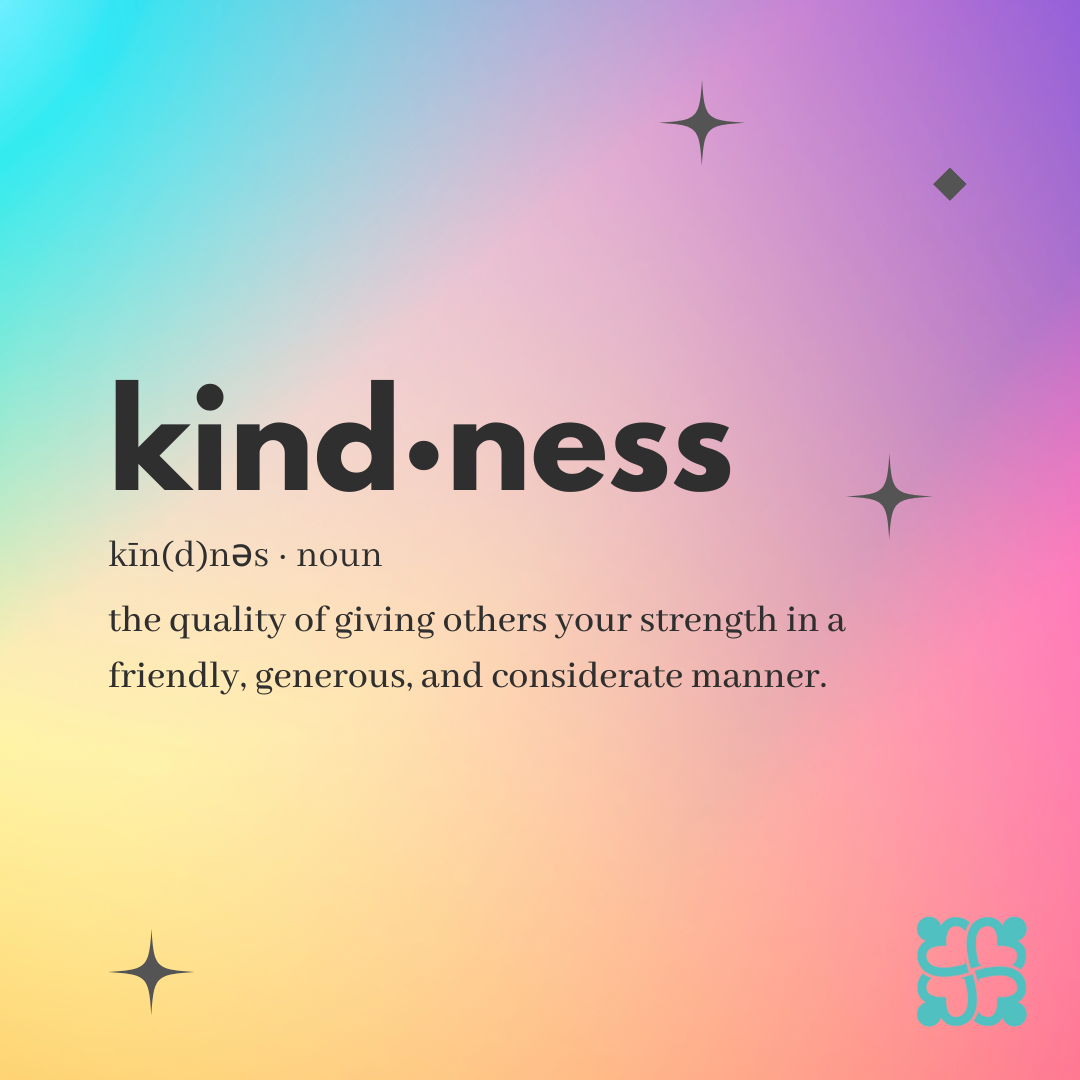













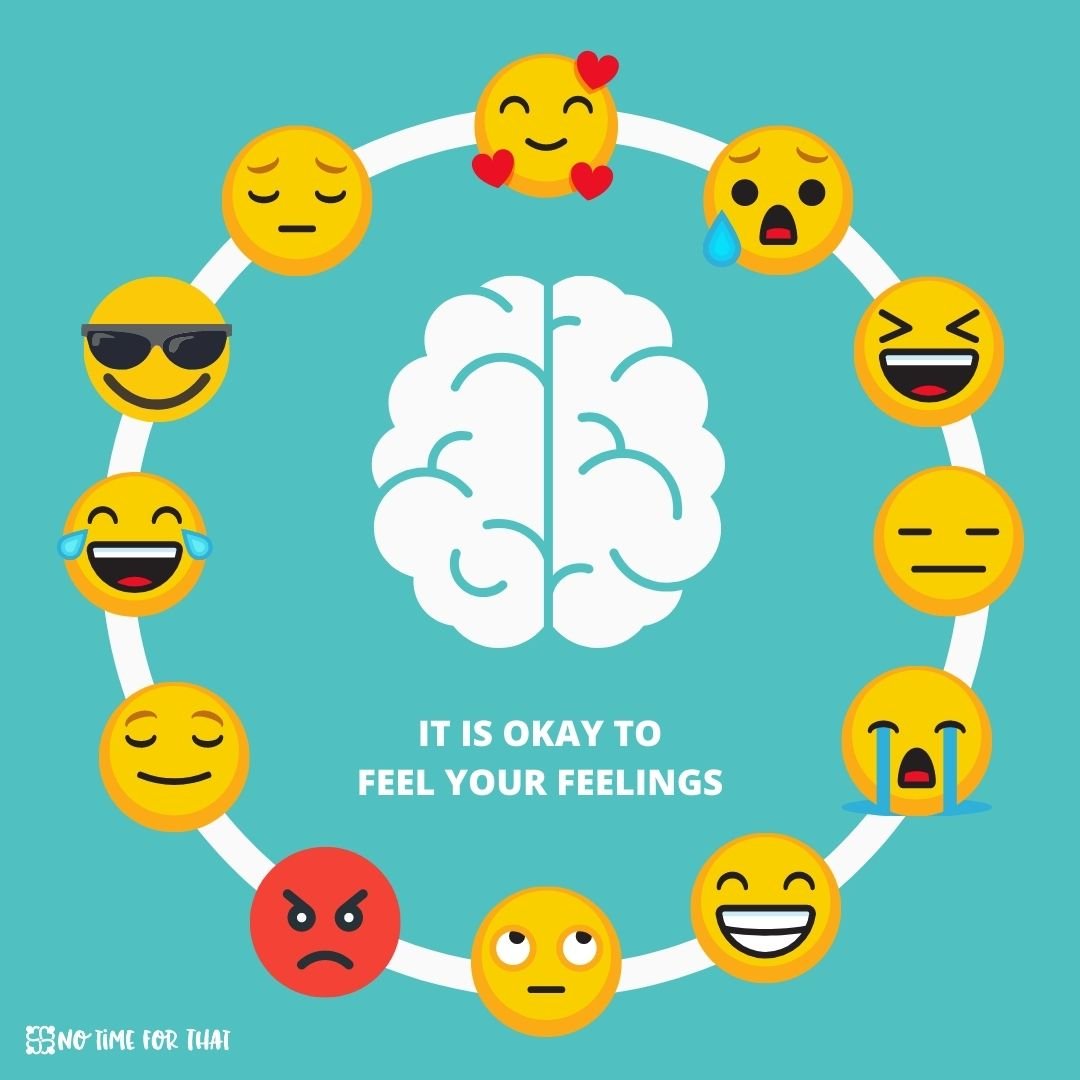
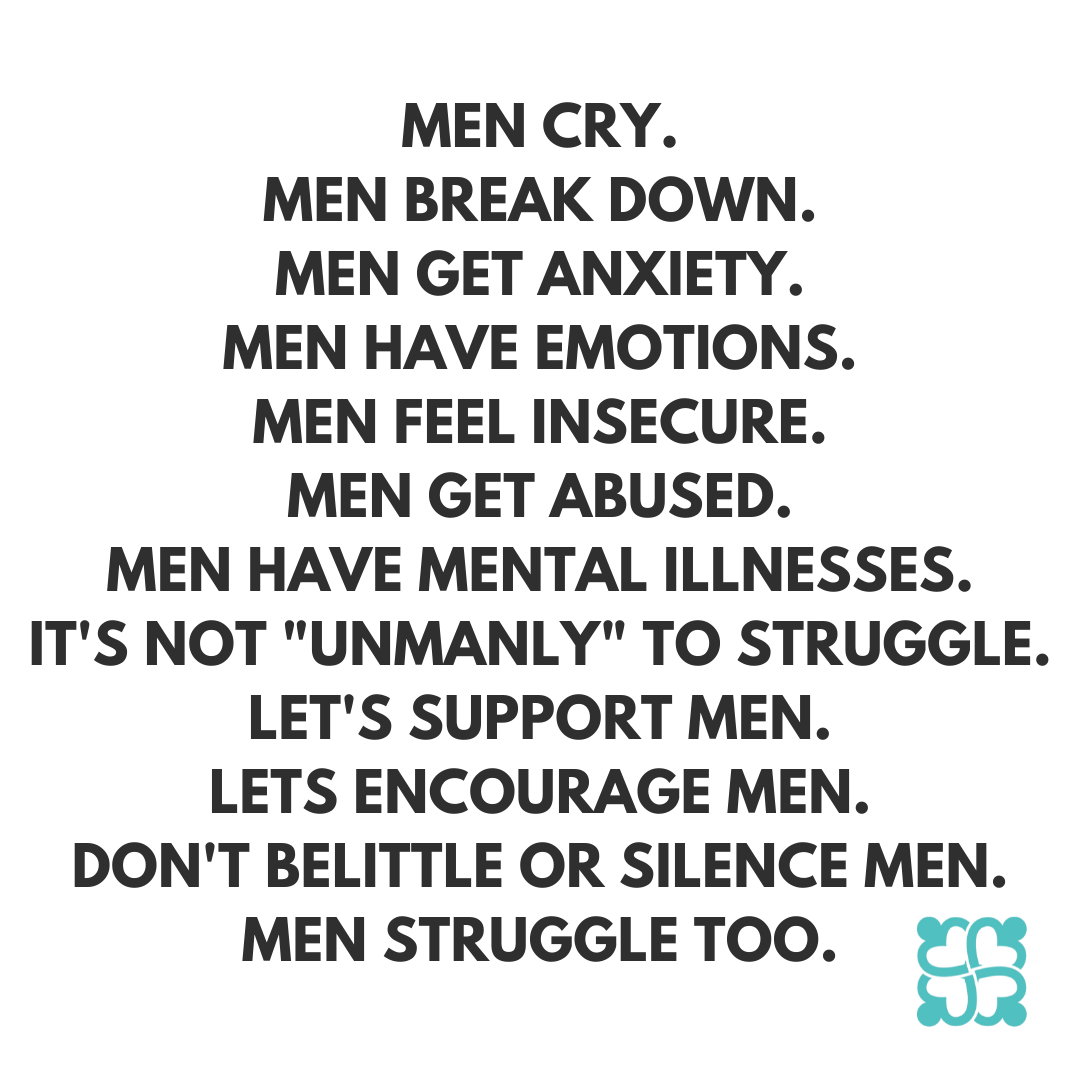
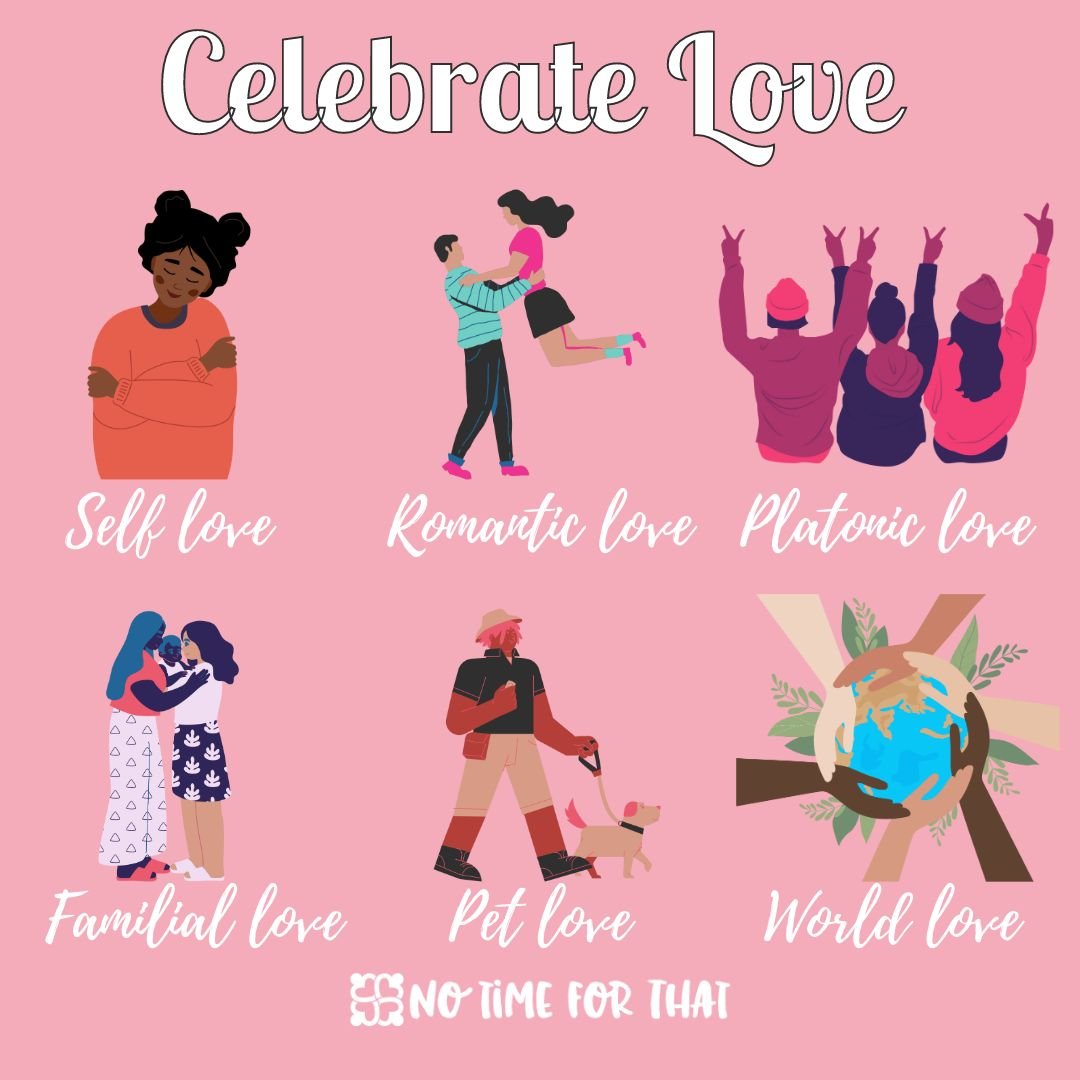
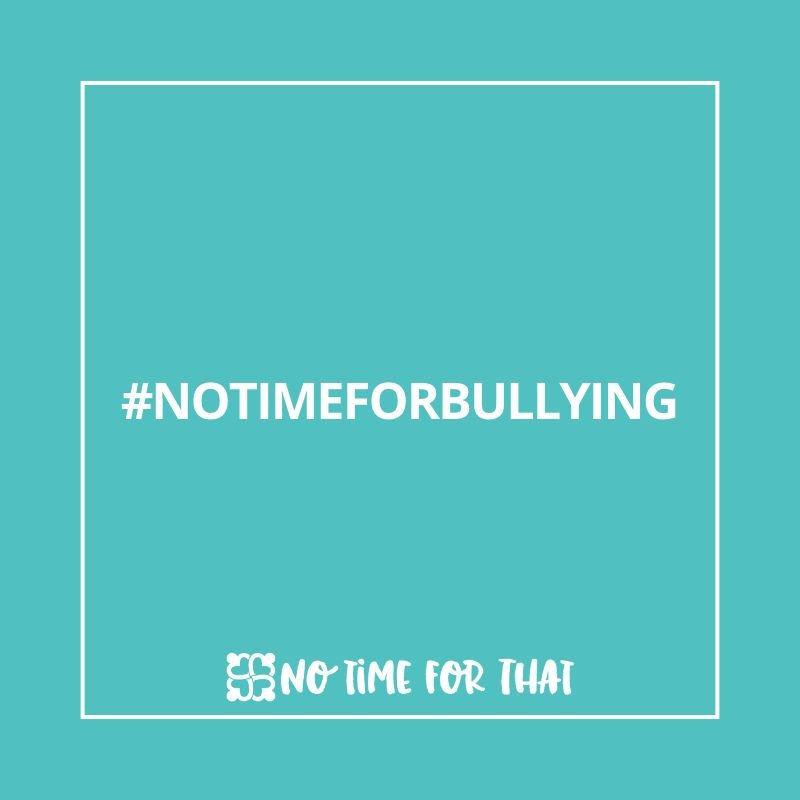
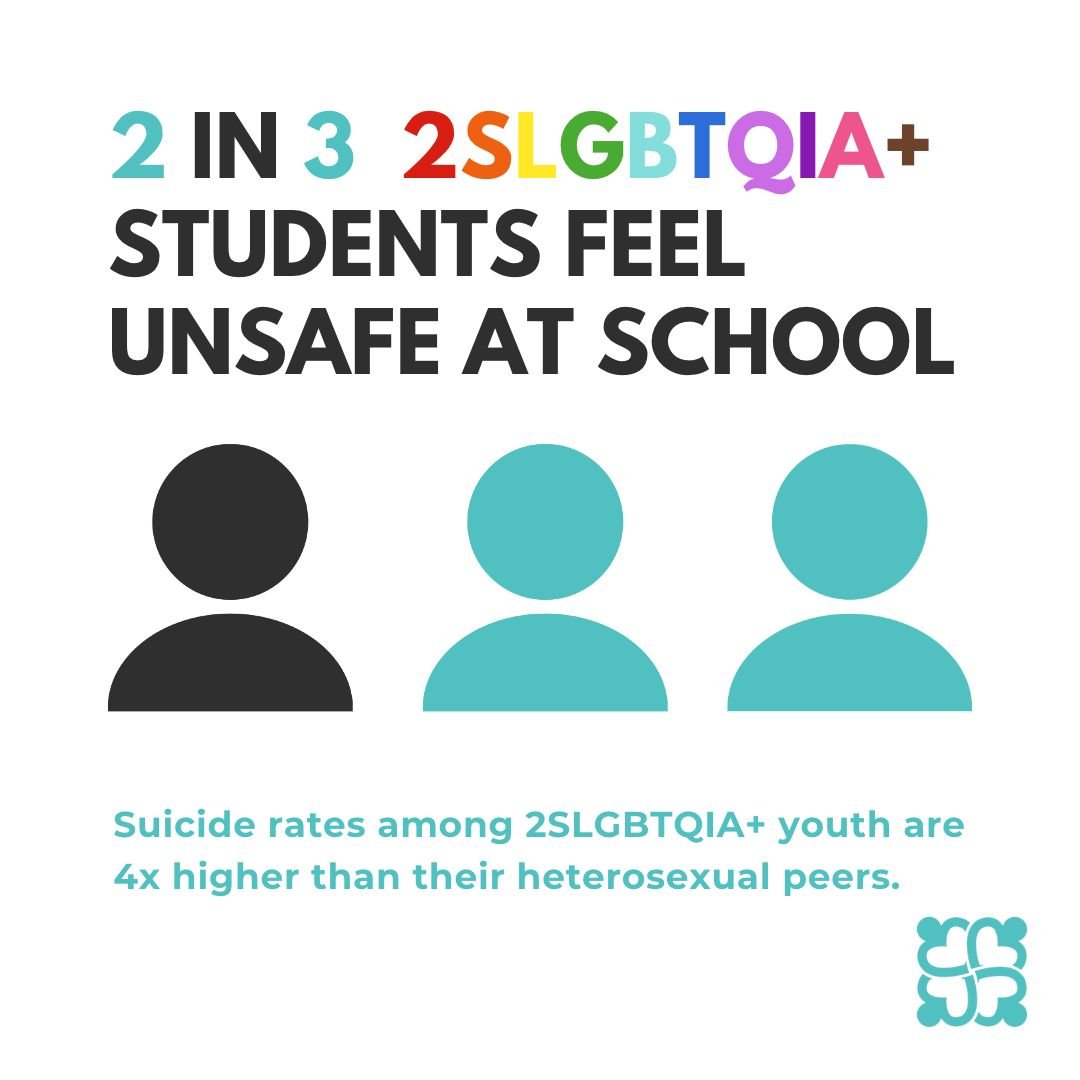

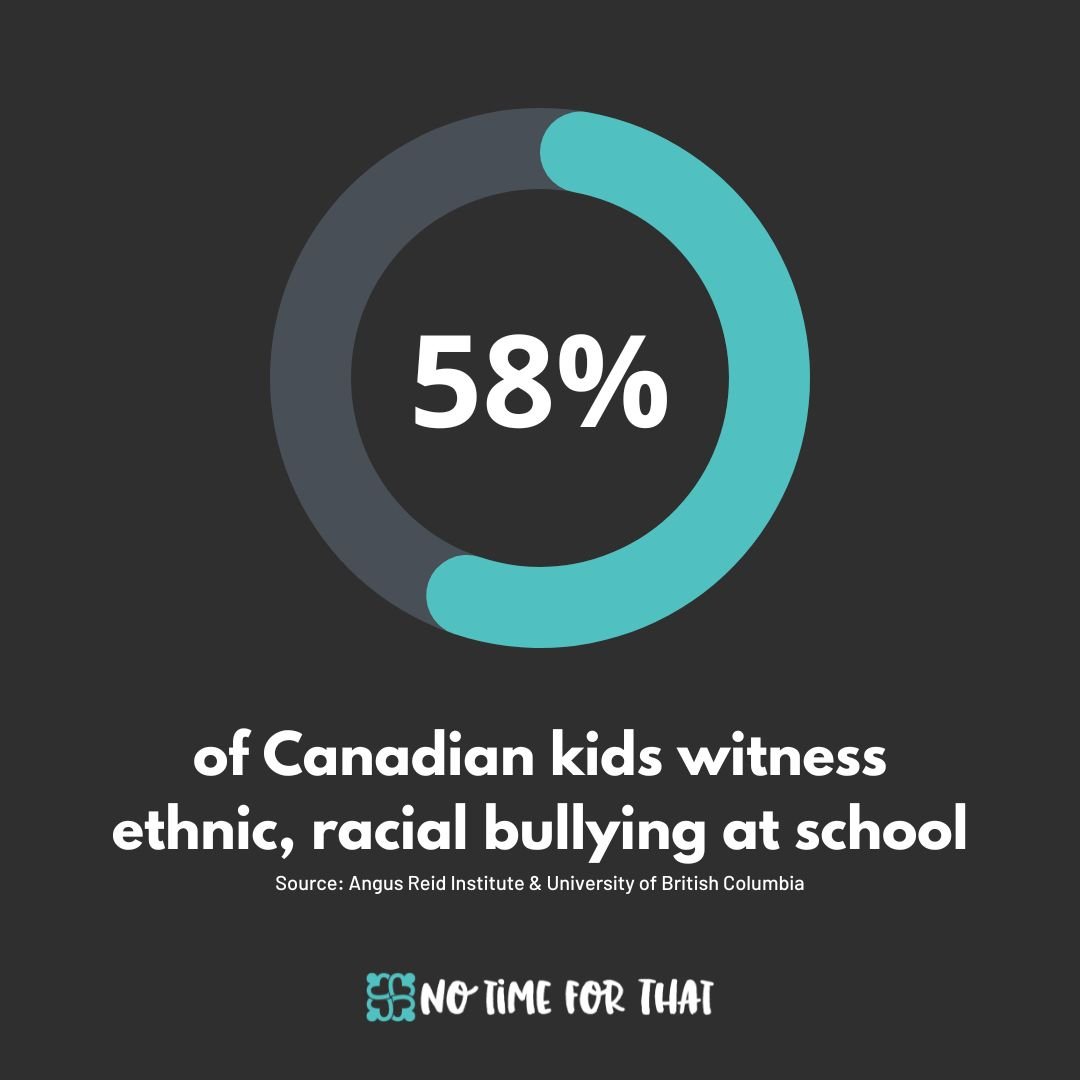
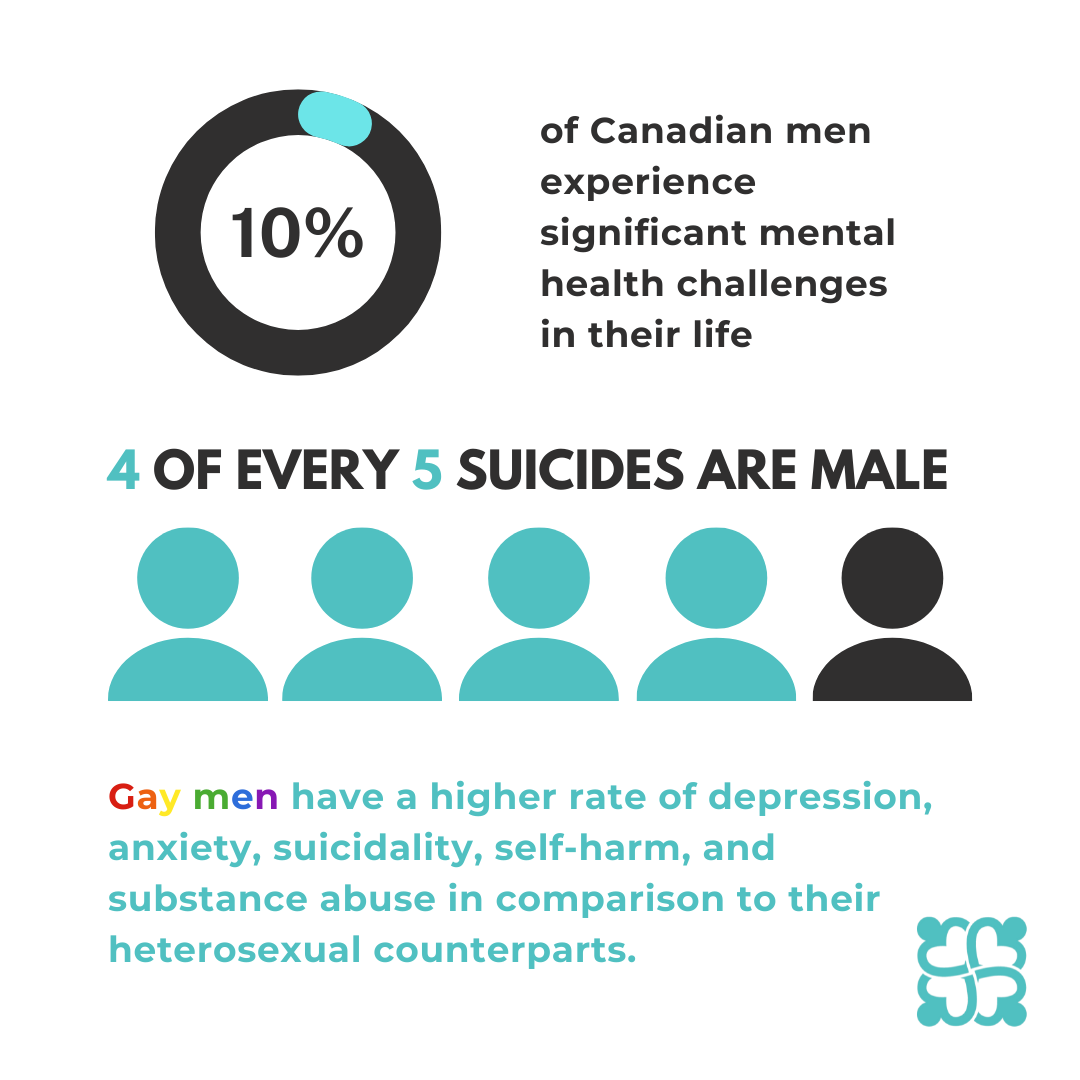
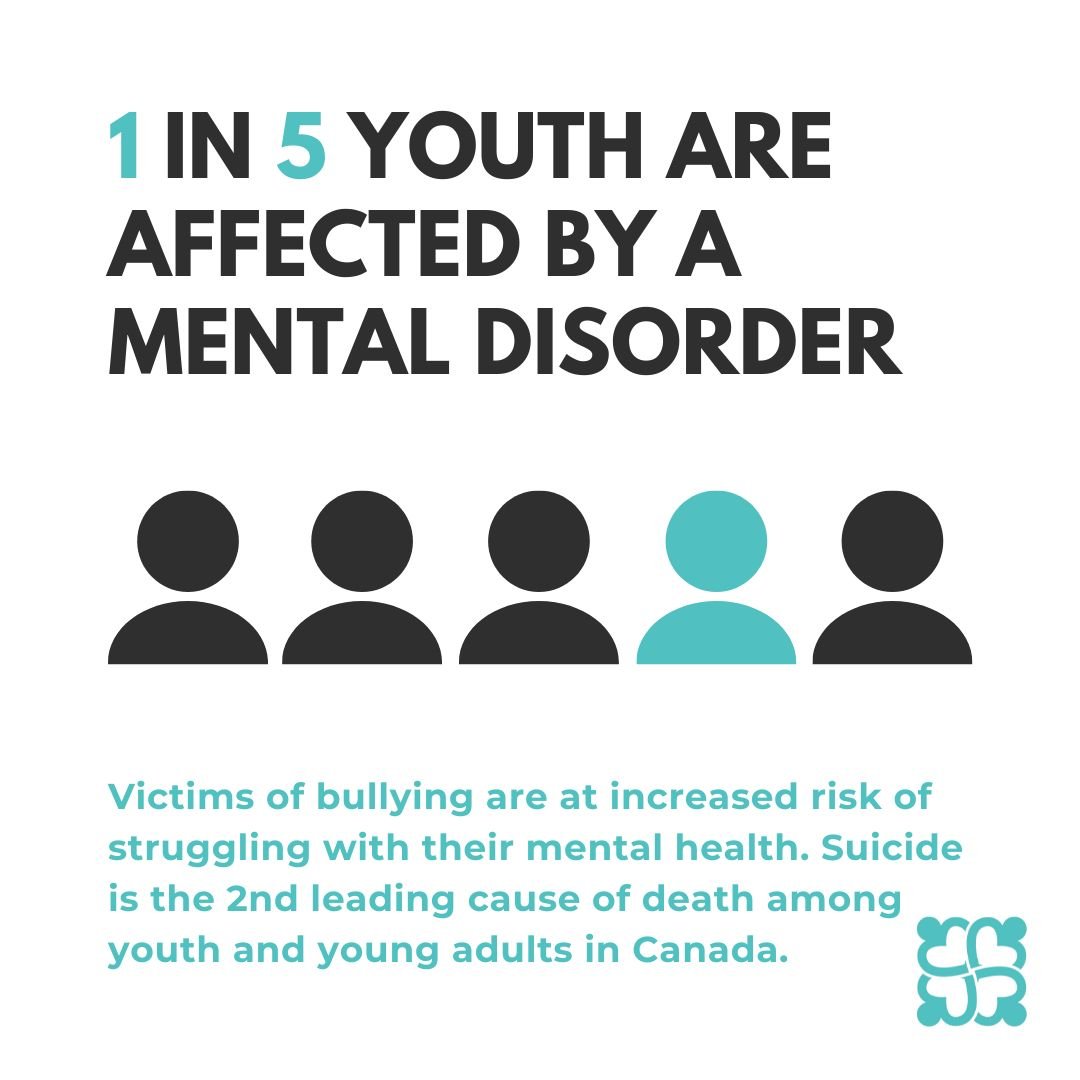
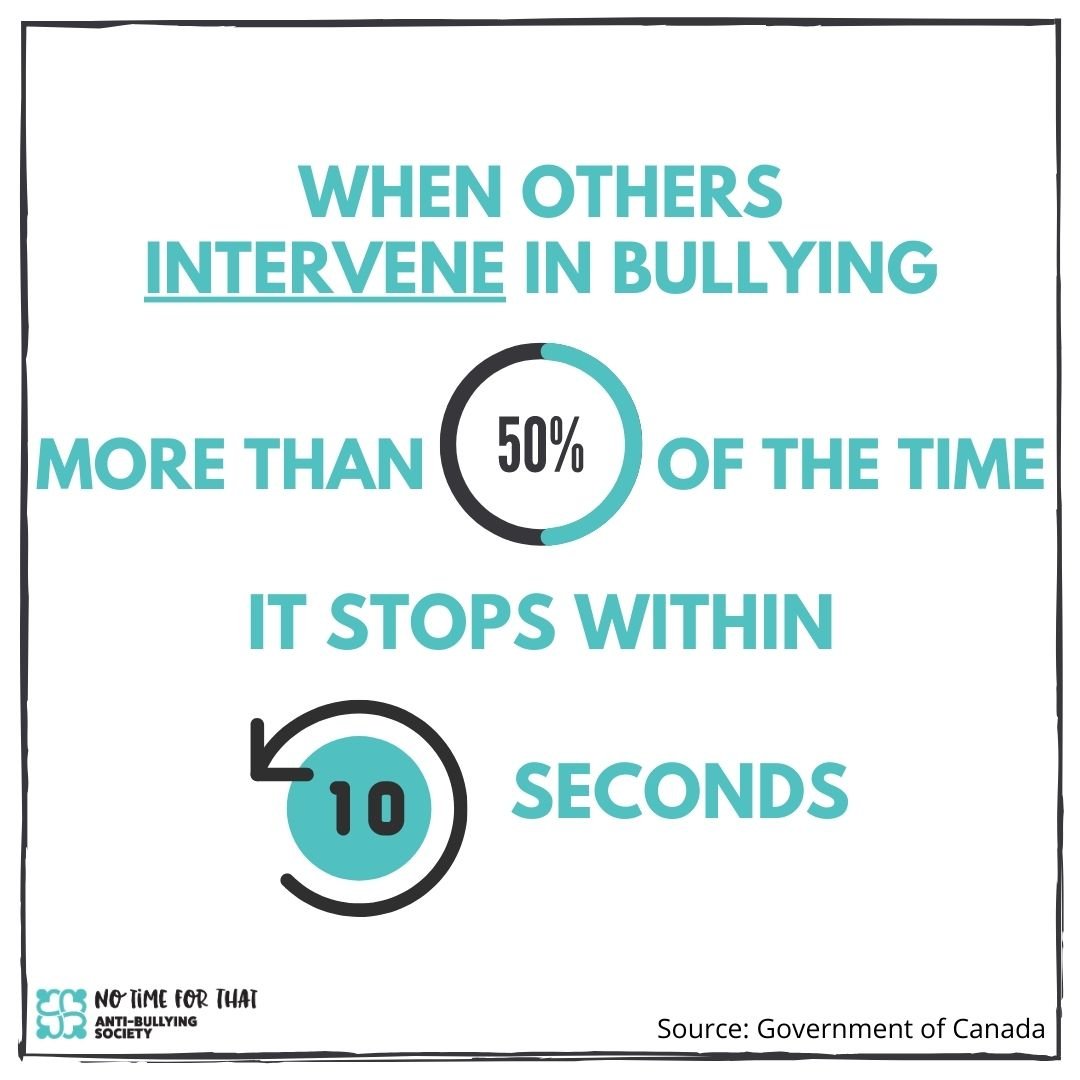
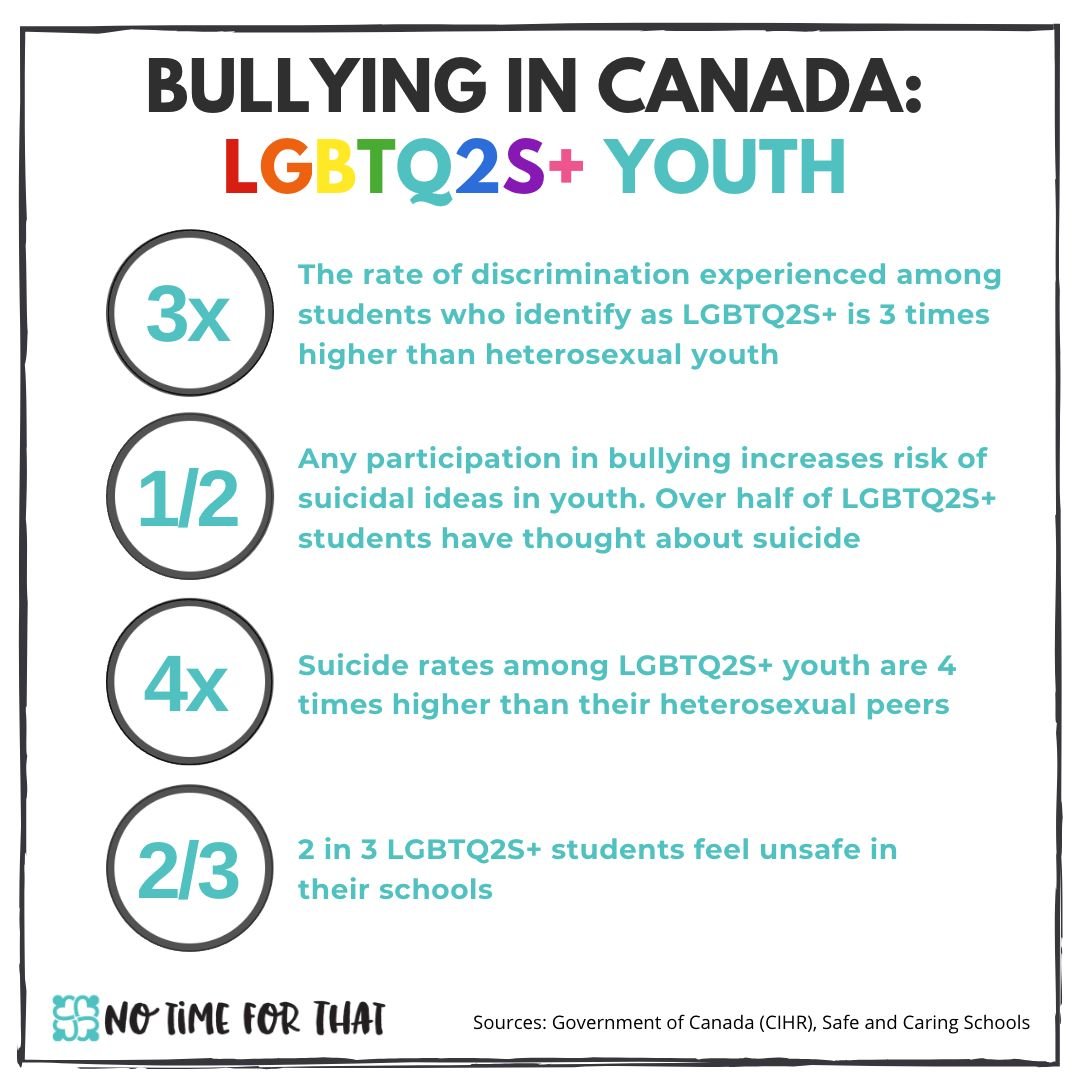

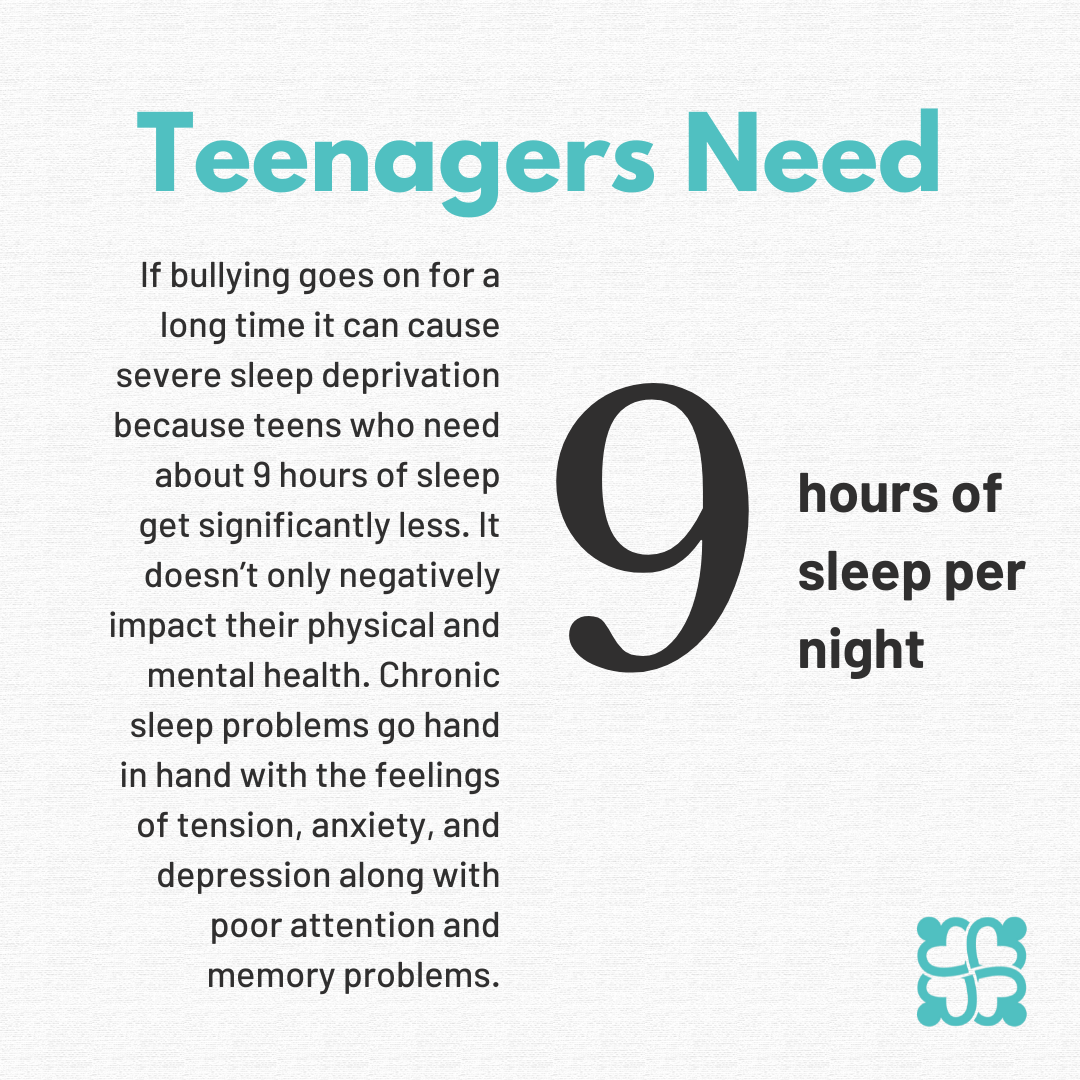
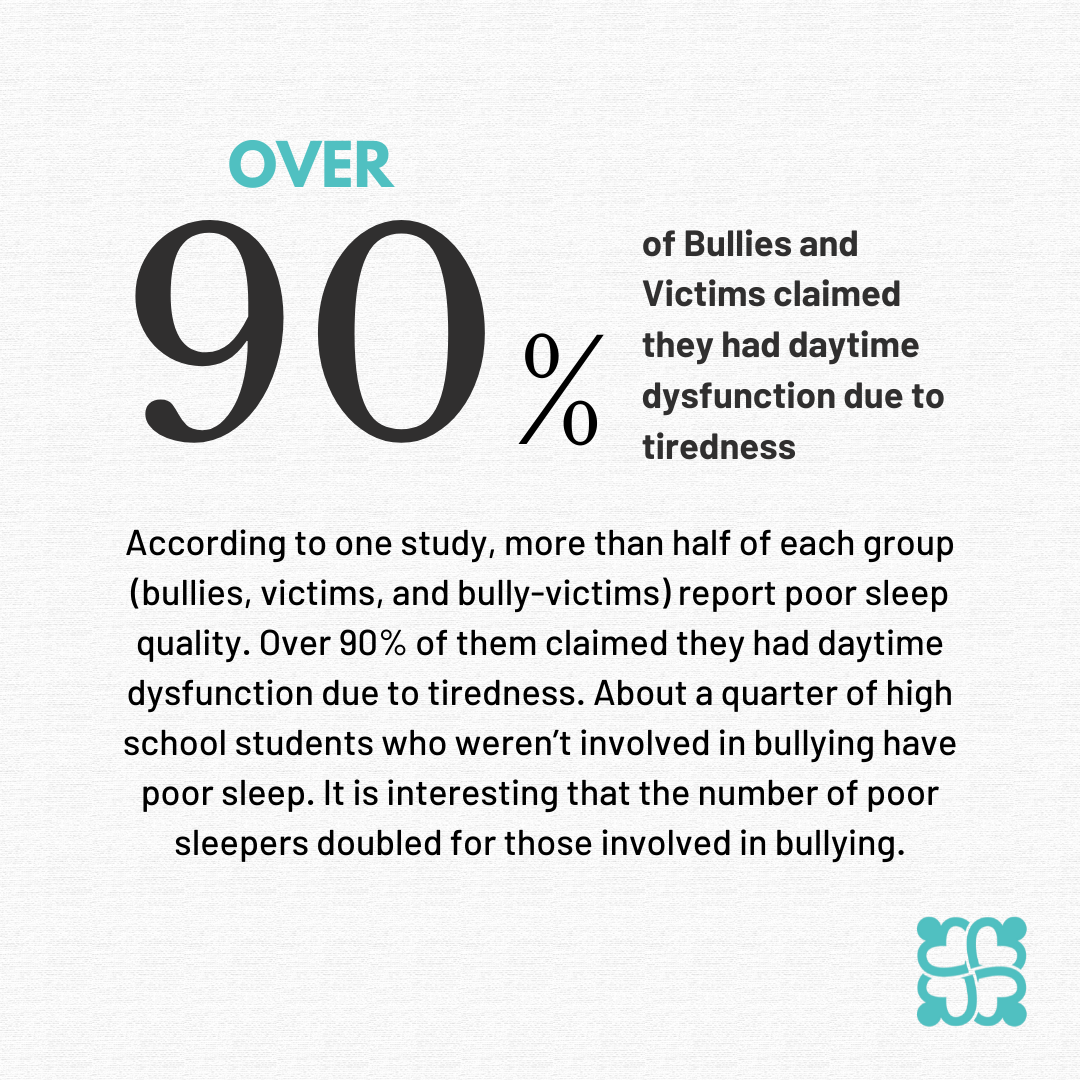

Sources: BullyingCanada, Egale, Government of Canada, CAMH, Mental Health Commission of Canada, Bell Let’s Talk, Canadian Institutes of Health Research, Canadian Mental Health Association, Safe and Caring Schools, Kids Help Phone













